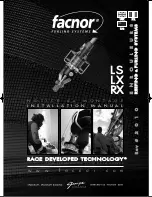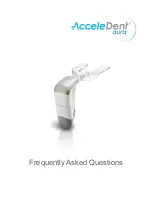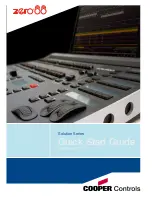
Trying Out the Instrument
R&S
®
RTM2000
27
Getting Started 1317.4710.02 ─ 05
4 Trying Out the Instrument
This chapter introduces the most important functions and settings of the R&S
RTM
step by step. The complete description of the functionality and its usage is given in the
"User Manual".
Prerequisites
●
The instrument is set up, connected to the mains system, and started up as descri-
bed in
chapter 2, "Preparing for Use"
●
A passive probe is connected to the probe compensation pins of the instrument.
The frequency of the adjustment signal is set to 1
MHz, and the probe is compen-
sated as described in
chapter 6.3, "Adjusting Passive Probes"
For configuration and measurements described in this chapter, you use the internal
calibration signal, so you do not need any additional signal source or instruments. Try
out the following:
........................................................................................27
....................................................................................28
......................................................................................... 31
Showing Basic Measurement Results
.....................................................................32
Performing Cursor Measurements
..........................................................................34
................................................................................36
4.1 Displaying a Basic Signal
When you connect the probe to the input connector CH 1, the instrument recognizes
the probe and turns channel 1 on (the "CH1" key lights up).
► Press the AUTOSET key on the left of the screen.
Autoset finds appropriate horizontal and vertical scales and trigger conditions to
present a stable waveform.
A square wave signal is displayed.
Displaying a Basic Signal
















































